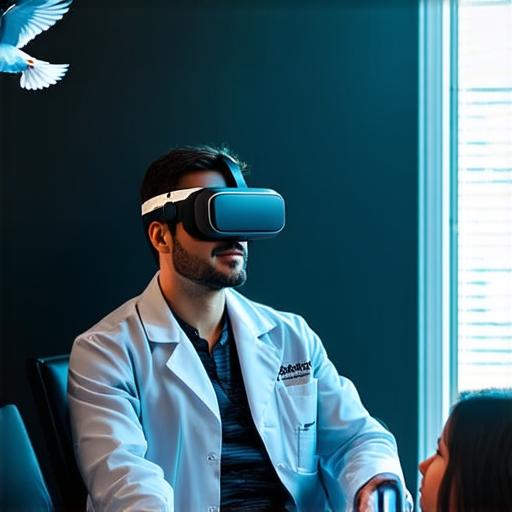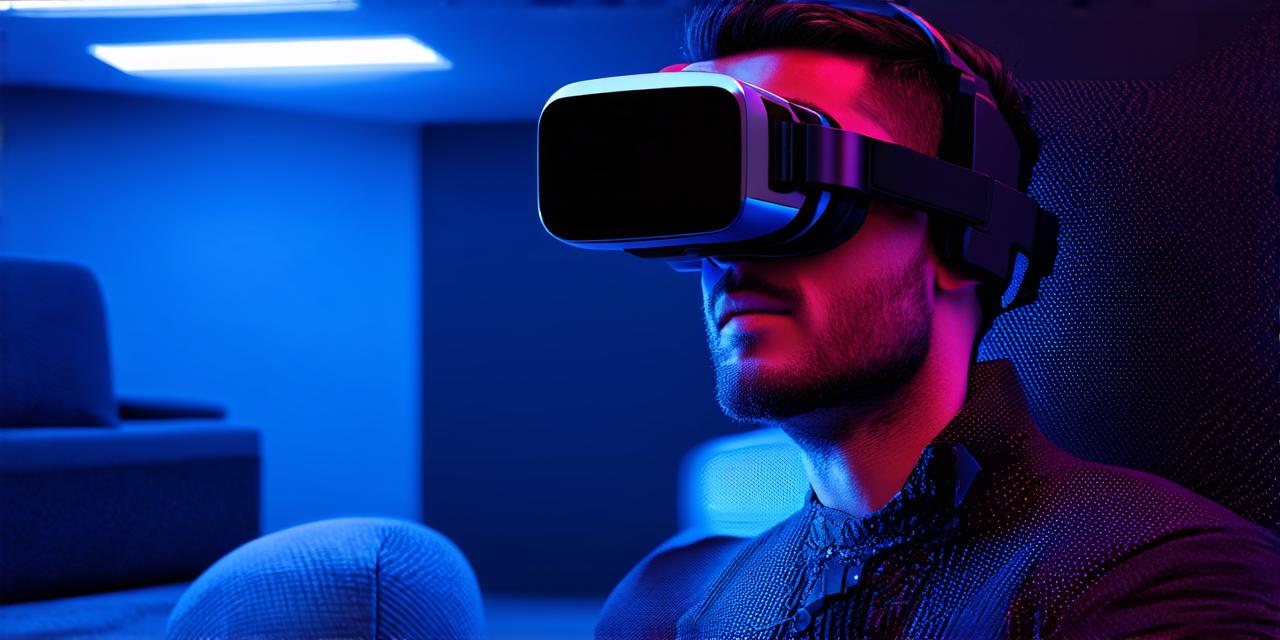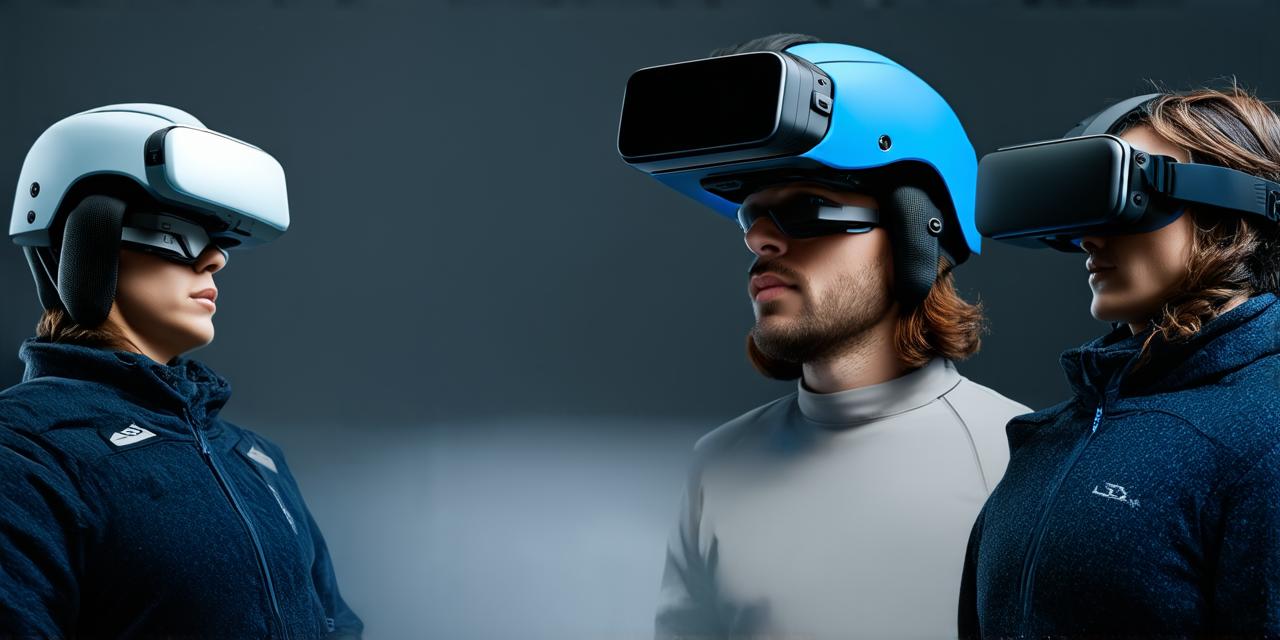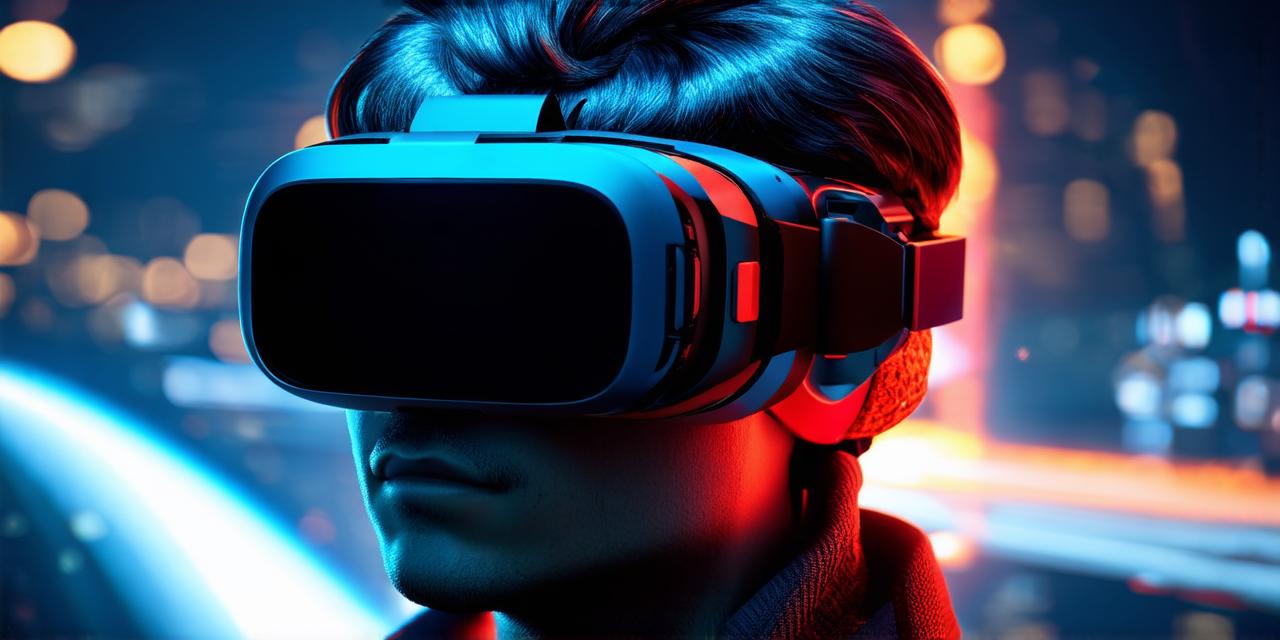Systematic desensitization (SD) is a form of exposure therapy that aims to reduce anxiety by gradually exposing patients to situations or stimuli they fear.
Virtual reality (VR) therapy, on the other hand, uses computer-generated simulations to provide patients with controlled and realistic experiences that can be used to treat various mental health conditions. While these two therapies differ in their approach, there are several similarities between them.
Gradual Exposure
Both SD and VR therapy involve exposing patients to situations or stimuli they fear gradually. In SD, this is achieved by breaking down the feared situation into smaller, more manageable parts and gradually exposing the patient to each part until they become comfortable with it. In VR therapy, patients are exposed to a simulated version of the feared situation in a controlled environment, starting with less intense stimuli and gradually increasing the level of exposure as the patient becomes more comfortable.

Controlled Exposure
Both SD and VR therapy provide patients with a controlled exposure to the feared situation or stimulus. In SD, this is achieved by creating a safe and supportive environment for the patient to practice exposure techniques. In VR therapy, patients are exposed to a simulated version of the feared situation in a controlled environment that can be adjusted to suit their needs. This allows therapists to tailor the exposure to the patient’s individual needs and preferences.
Realistic Simulation
Both SD and VR therapy provide patients with a realistic simulation of the feared situation or stimulus. In SD, this is achieved by using vivid descriptions and imagery to help patients visualize the feared situation. In VR therapy, patients are exposed to a highly realistic simulation of the feared situation using computer-generated graphics and sound effects. This allows therapists to create a more immersive and engaging experience for the patient.
Measurable Outcomes
Both SD and VR therapy have been shown to be effective in reducing anxiety and other mental health conditions. In SD, outcomes are typically measured using self-report questionnaires or clinical interviews. In VR therapy, outcomes are typically measured using physiological measures such as heart rate variability or skin conductance response. These measures allow therapists to track progress and adjust treatment as needed.
Summary
While SD and VR therapy differ in their approach, there are several similarities between them. Both involve gradual exposure to situations or stimuli that patients fear, provide a controlled exposure to the feared situation or stimulus, use realistic simulations, and have measurable outcomes. Understanding these similarities can help therapists choose the most appropriate treatment for their patients based on their individual needs and preferences.



